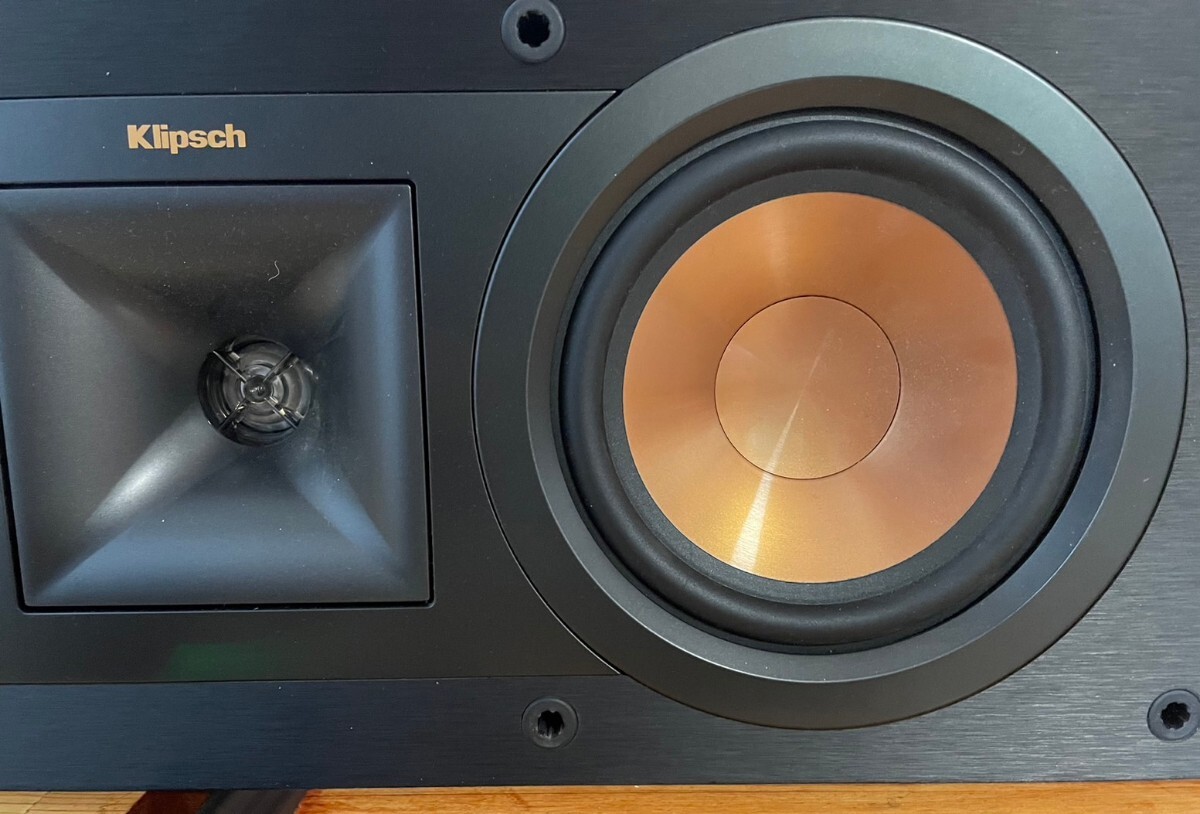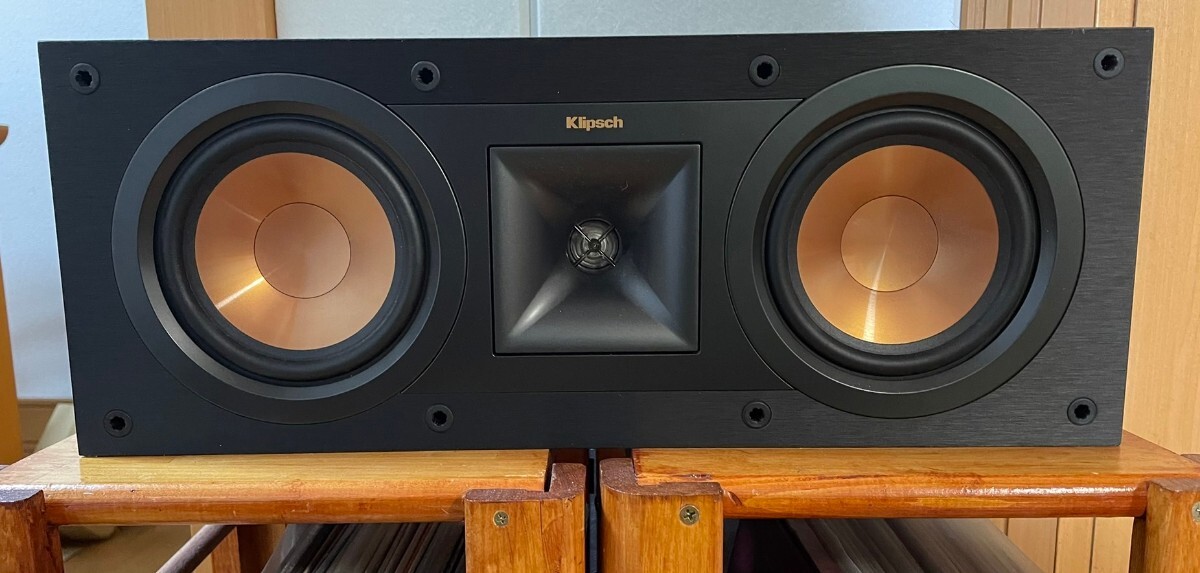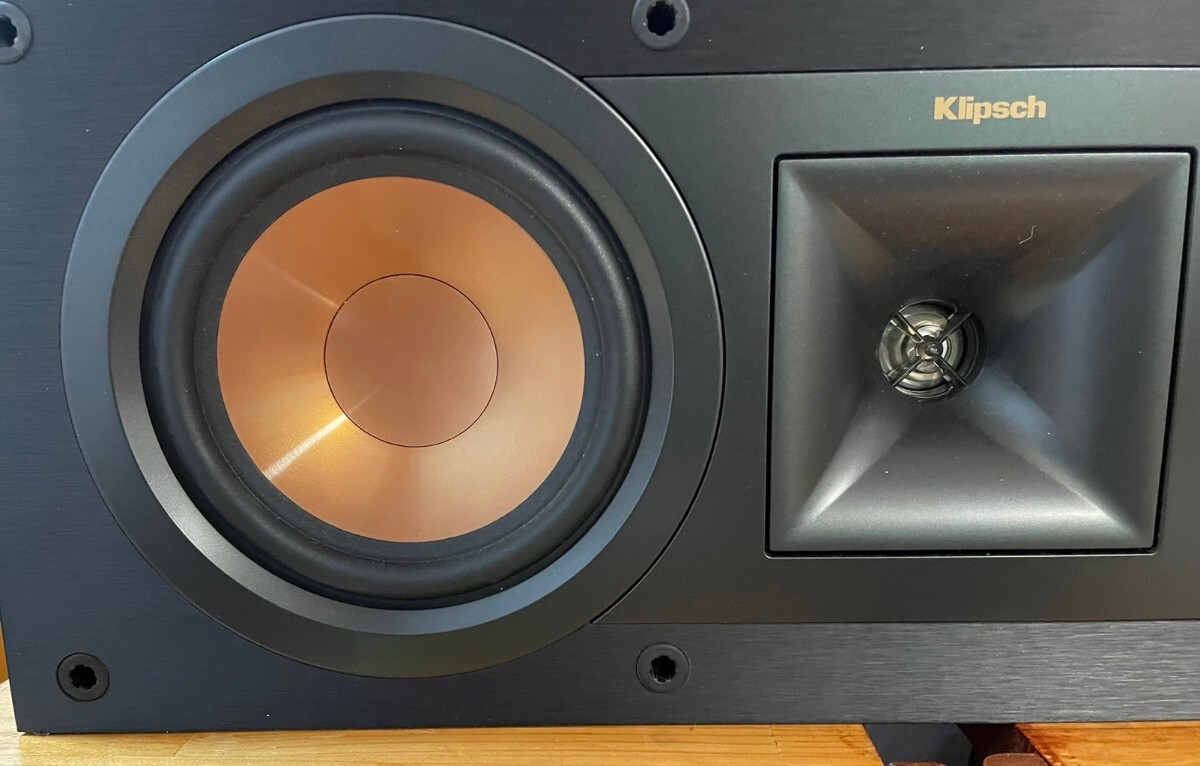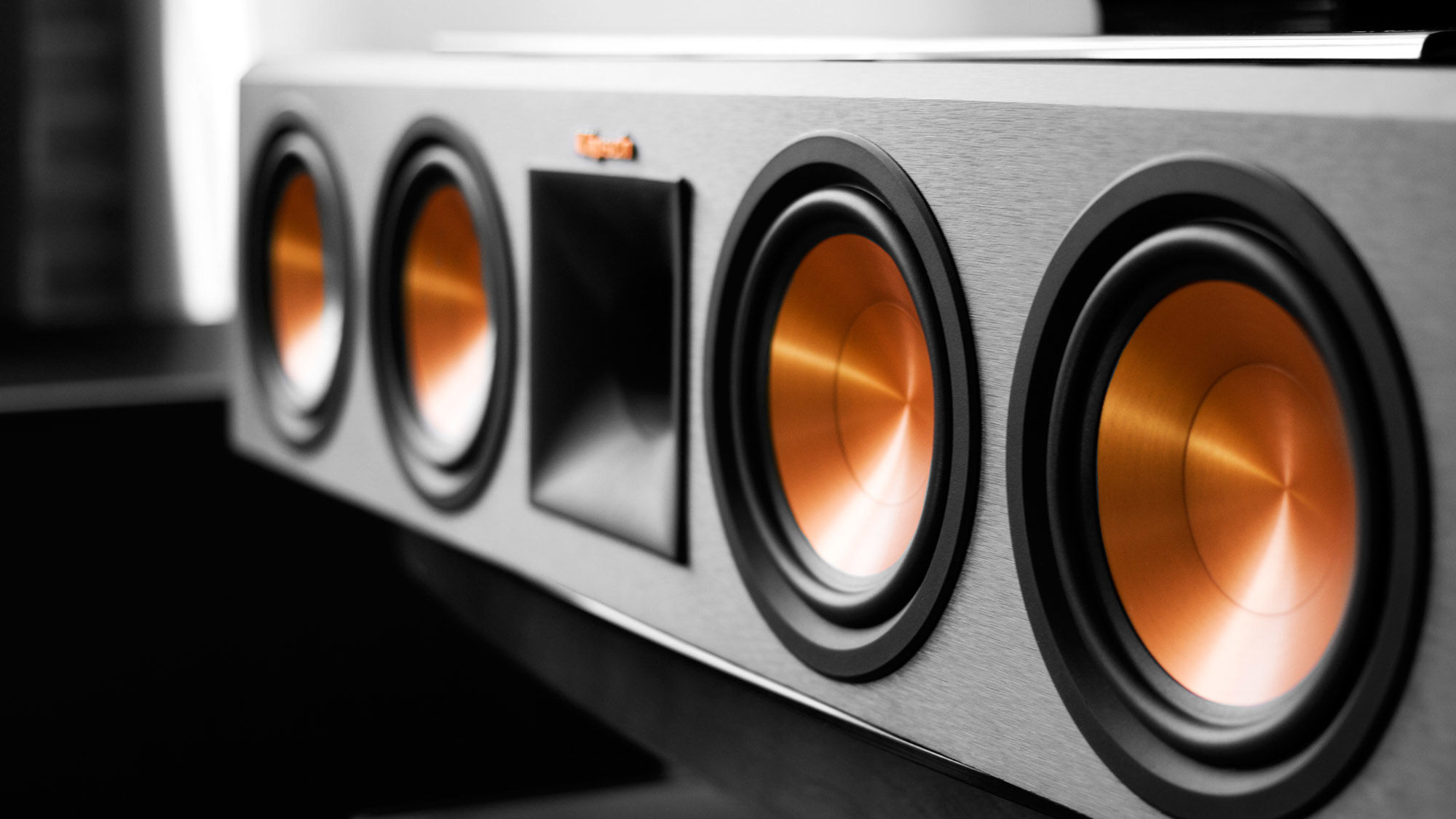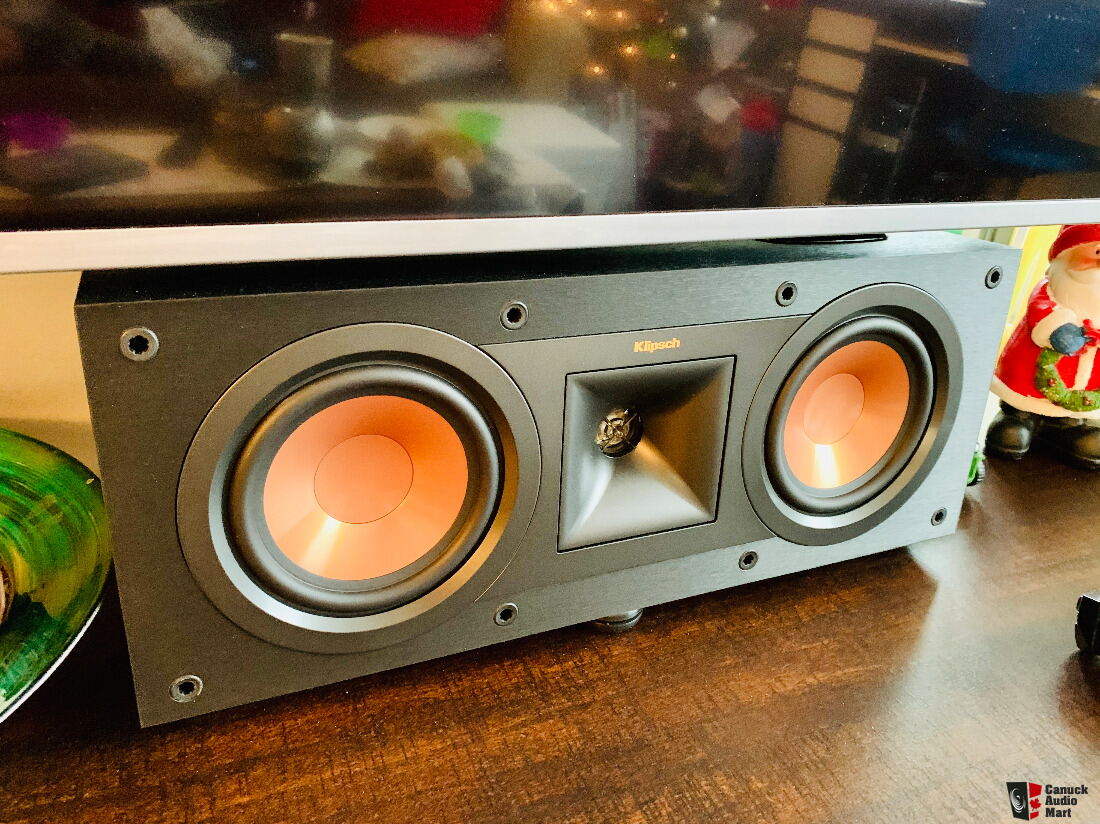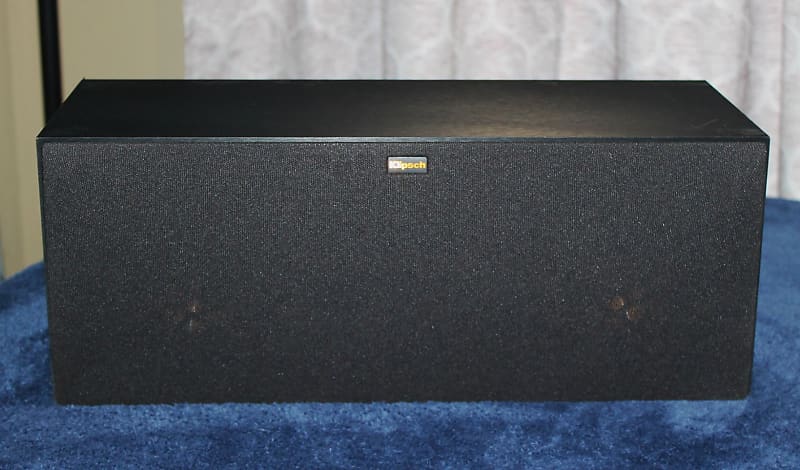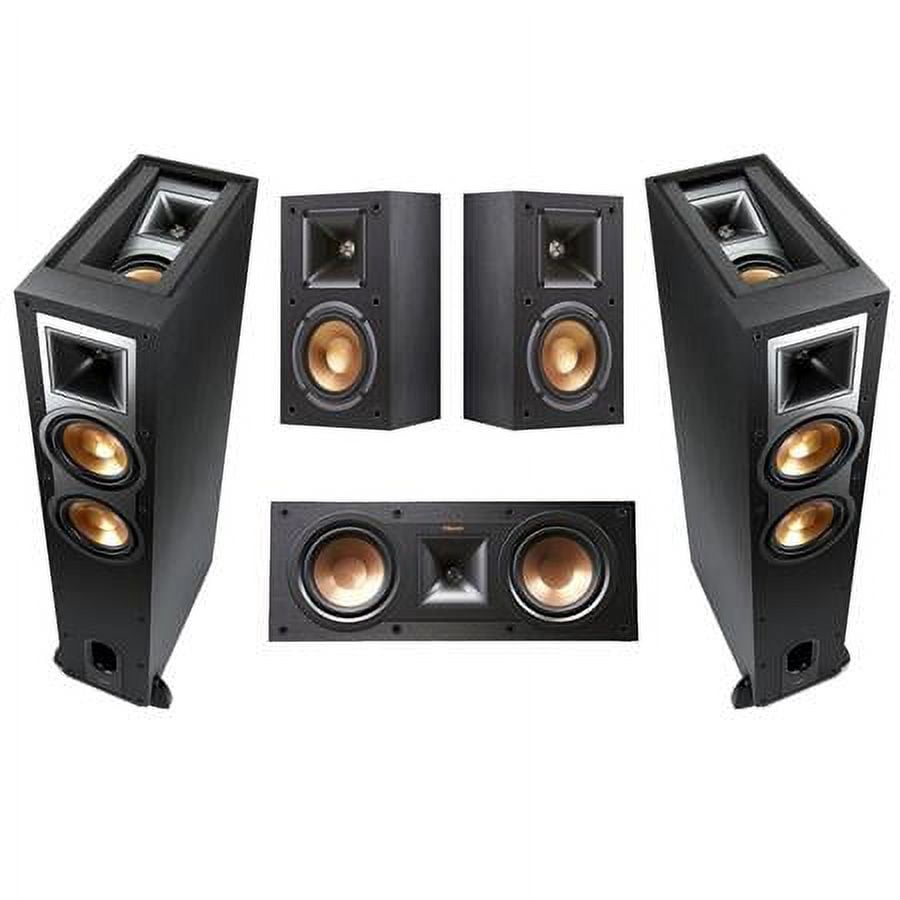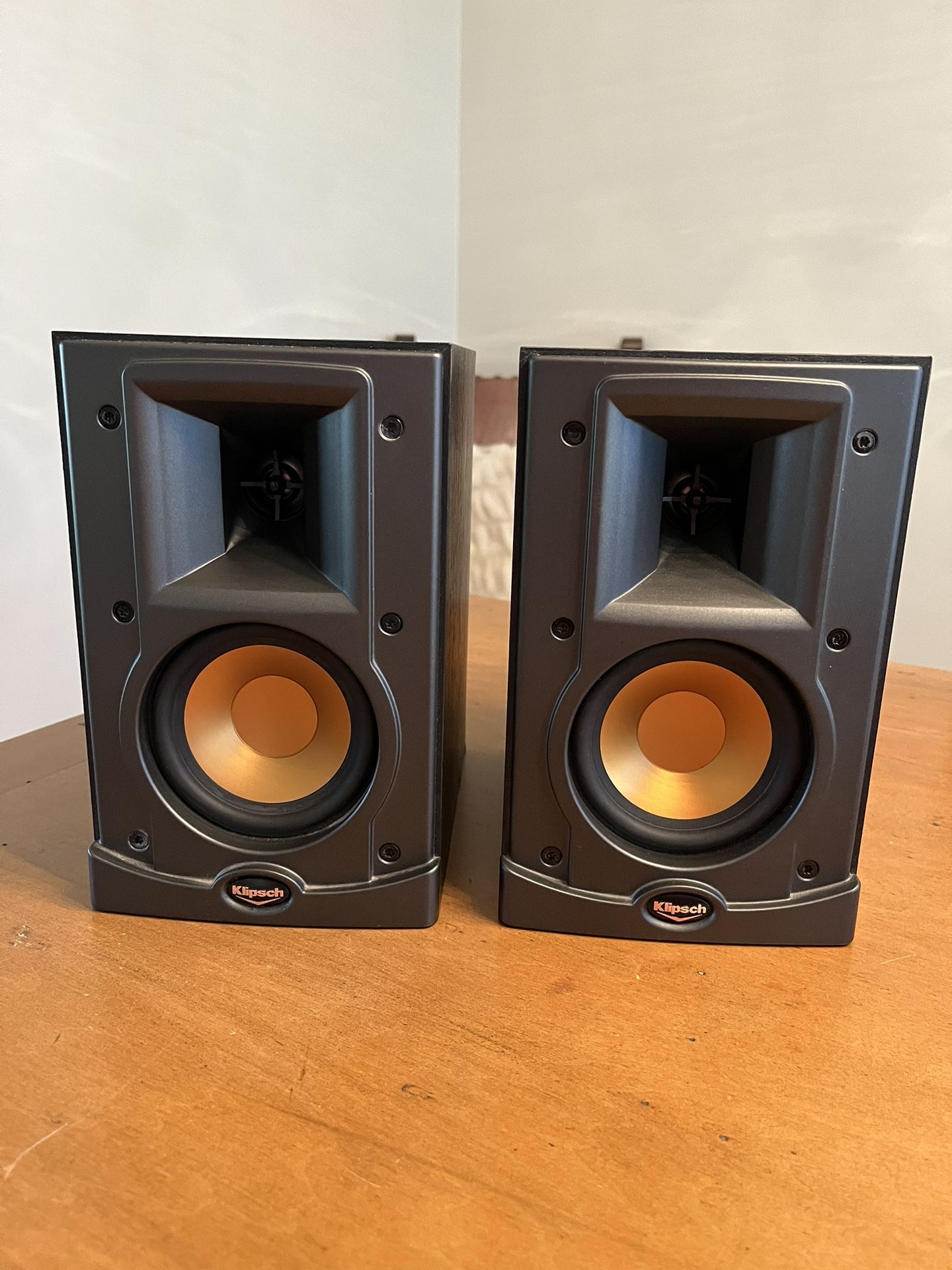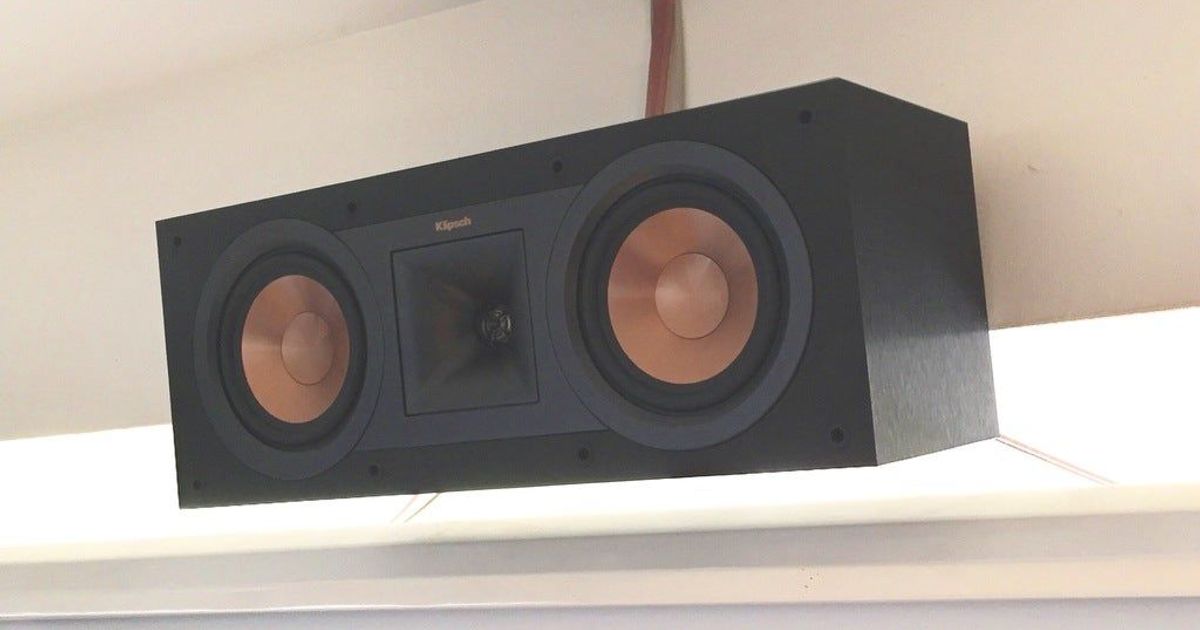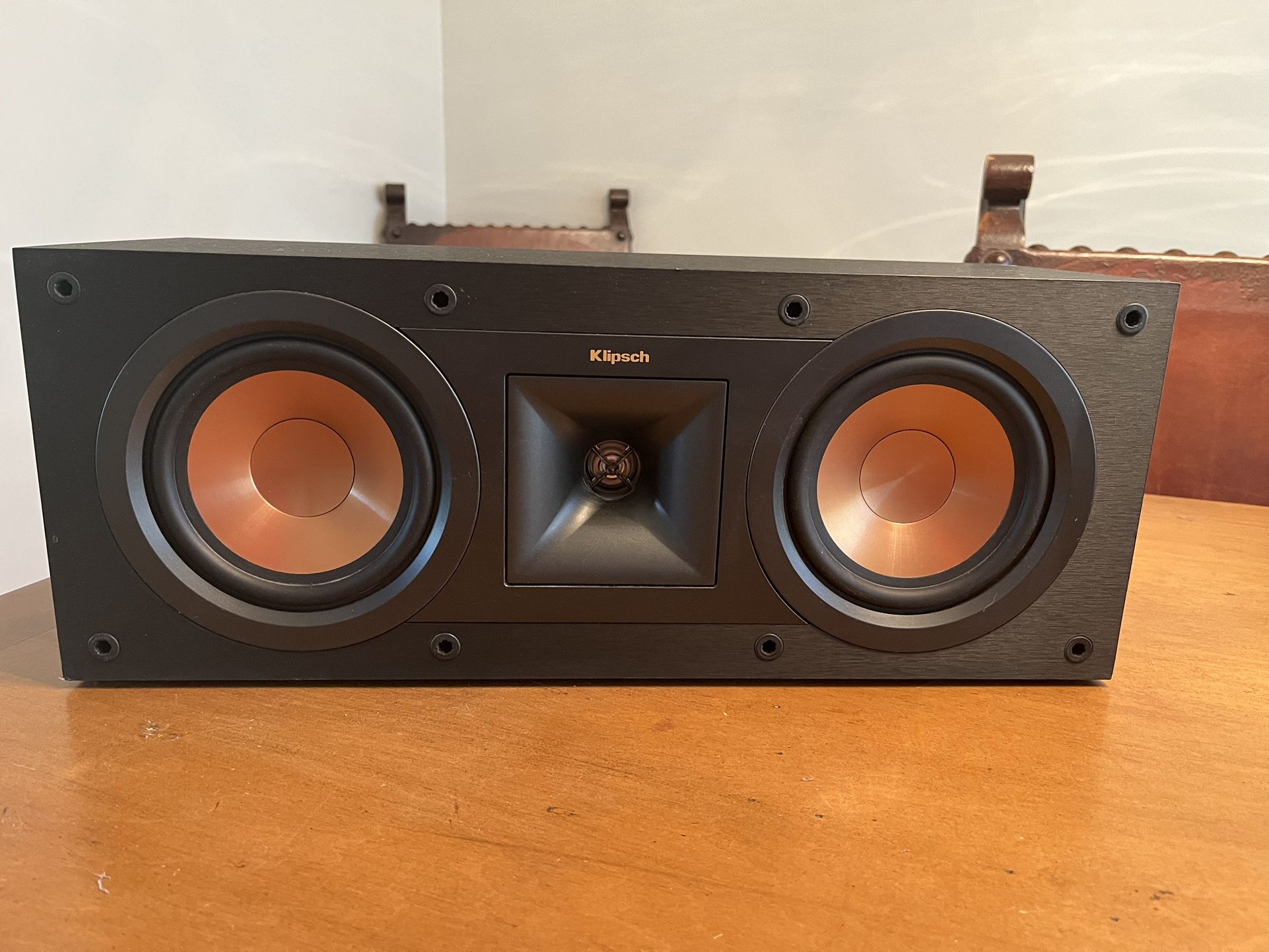Klipsch R-25c Center Channel Speaker

In the ever-evolving landscape of home audio, selecting the right components to create an immersive sound experience can be a daunting task. Central to any quality surround sound system is the center channel speaker, responsible for delivering crucial dialogue and anchoring the sonic landscape.
This article delves into a comprehensive analysis of the Klipsch R-25C Center Channel Speaker, examining its features, performance, and value proposition within the competitive audio market.
Unpacking the Klipsch R-25C: Features and Design
The Klipsch R-25C is a two-way center channel speaker designed to complement Klipsch's Reference series. It boasts a 1-inch aluminum LTS (Linear Travel Suspension) tweeter mated to a 90x90 Tractrix horn, a signature feature of Klipsch speakers. This horn design aims to improve high-frequency response and imaging, directing sound waves more efficiently towards the listening area.
The speaker also features dual 5.25-inch spun-copper IMG (Injection Molded Graphite) woofers. These woofers are known for their lightweight yet rigid construction, which contributes to accurate and responsive low-frequency performance. The R-25C is housed in a MDF (Medium-Density Fiberboard) cabinet with a brushed black polymer veneer finish.
Key Specifications:
- Frequency Response: 82Hz - 24kHz +/- 3dB
- Sensitivity: 95dB @ 2.83V / 1m
- Power Handling: 100W Continuous / 400W Peak
- Nominal Impedance: 8 Ohms Compatible
- Crossover Frequency: 1800Hz
Performance Analysis: Sound Quality and Clarity
The Klipsch R-25C is generally praised for its clear and articulate dialogue reproduction. The Tractrix horn tweeter effectively projects high frequencies, ensuring that vocals are crisp and easily discernible. The dual IMG woofers contribute to a balanced sound signature, providing sufficient mid-bass presence without overwhelming the dialogue.
However, some audiophiles note that the horn design can sometimes result in a slightly bright or forward sound, particularly at higher volumes. Careful calibration and system matching are essential to optimize the R-25C's performance and minimize potential harshness. Placement of the speaker also plays a significant role.
Placement: optimal placement can dramatically impact performance. It should be centered below or above the television and angled towards the primary listening position. Avoid placing it inside enclosed cabinets.
Value Proposition: Pricing and Competition
The Klipsch R-25C typically retails in the $200-$300 range, placing it in a competitive segment of the center channel speaker market. Several alternatives exist in this price bracket, including offerings from Polk Audio, ELAC, and Sony.
Compared to some of its competitors, the R-25C often stands out for its high sensitivity, meaning it can achieve loud volumes with less power from an AV receiver. This makes it a suitable choice for systems with moderately powered amplifiers. However, its sonic characteristics may not appeal to all listeners, with some preferring a warmer or more neutral sound signature.
It is crucial to audition different center channel speakers in your home theater setup to ensure it blends with your existing speakers.
Expert Opinions and User Feedback
Reviews from professional audio publications and user feedback provide valuable insights into the Klipsch R-25C's real-world performance. Many reviewers commend the speaker for its dynamic range and clarity, especially in action-packed movies and TV shows.
However, some users have reported issues with the speaker's cabinet construction, citing concerns about its overall durability. Other common points raised include the speaker's aesthetic design, which may not appeal to all tastes. Before making a purchase, carefully assess user reviews.
"For the price, the R-25C delivers impressive clarity and punch. Dialogue is always clear, and the horn tweeter adds a nice crispness to the sound." - John Smith, Audio Enthusiast
Future Outlook: Evolution of Center Channel Technology
The center channel speaker remains a vital component in modern home theater systems. Manufacturers continue to innovate, exploring new materials, driver designs, and acoustic technologies to improve performance.
As object-based audio formats like Dolby Atmos and DTS:X become increasingly prevalent, the role of the center channel may evolve further. While the Klipsch R-25C represents a solid option in its class, it is important for consumers to stay informed about emerging technologies and consider their specific needs when selecting a center channel speaker for their home theater setup.
The future will likely see more advanced technologies, such as beamforming, integrated into center channel designs to optimize sound dispersion and create a more immersive listening experience.

